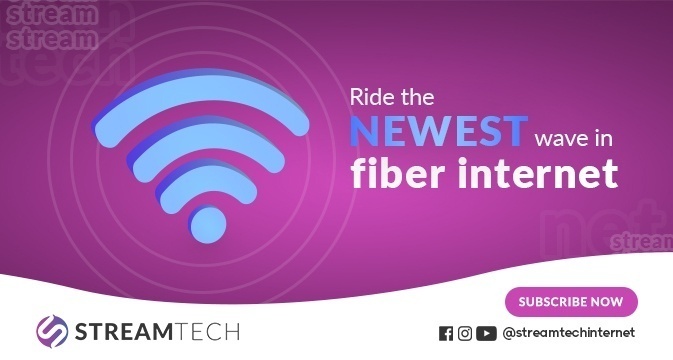Written by: Maine Dela Cruz
In the last quarter of 2021, the government ordered the resume of face-to-face classes in the Philippines. This is for the first time in over two years. This is despite the surging COVID-19 cases and the presence of the Omicron variant in the country.
Indeed, other students and institutions will continue to rely on their fast internet connection and smart devices for online learning. Meanwhile, the government announced further movements of the former scenario. The Commission on Higher Education (CHED) has announced the rollout of the second phase of limited face-to-face classes for higher education institutions (HEIs) in areas placed under Alert Level 3 in the Philippines on January 31.
While the future remains uncertain, let us look back on the events that transpired. Let us dig in the early stages of the limited face-to-face classes resumption.
Phase 1: Pilot Run

In November 2021, the interagency task force (IATF) on COVID-19 approved a gradual implementation of face-to-face college and university programs. The pilot run of restricted face-to-face classes began on November 15 with 100 schools. On December 6, a total of 287 public and private schools in various provinces joined the test run. This, however, represents a small percentage of the country’s approximately 60,000 public and private institutions.
Education Assistant Secretary Malcolm Garma stated that the pilot run of face-to-face sessions would establish best practices. These can be used in the country’s new normal of classroom learning. The Department of Education emphasized kindergarten and grades 1 to 3 since these are the pupils’ formative years. These are also the levels that require additional assistance from their instructors. Students in their senior year of high school were also chosen since some of their topics demand “hands-on” instruction. The education official stated that in preparation for the expansion phase, expected to begin in January 2022, additional grade levels and schools may already begin offering limited face-to-face instruction.

You may also checkout these related articles:
- Distance Learning vs Classroom Learning, and the Role of Affordable Home Fiber Plan
- Parents, check these 10 Things Affecting Your Child’s Online Learning
Primary and Secondary Level
On November 29, 2021, 20 public schools in the Cordillera Administrative Region (CAR) started limited face-to-face classes. Department of Education (DepEd) Regional Director Estela Cariño said on Wednesday, November 24, that out of more than 100 schools who applied for the pilot run, only 20 met the requirements.
Meanwhile, a memorandum dated Dec. 9, 2021, by the DepEd has directed all public and private schools to prepare for the implementation of the expanded phase of the face-to-face classes targeted to start in early 2022. Based on the memo, the expanded phase shall cover all grade levels from Kinder to Grade 12. Briones assured that they have been in coordination with the Department of Health.
Aside from risk assessment, she said there should also be a go signal from the local government units and the parents.
Tertiary Level
As of October 31, 162 HEIs have been issued authority to conduct limited face-to-face classes. This is just 7% of the total HEIs in the country. More than 27,000 students are attending face-to-face classes, while around 2,300 faculty members are teaching.
Phase 2: New Normal Learning Setup

Limited face-to-face classes will be implemented for all courses in state universities and colleges and private higher education institutions. According to education officials, the “new normal” in education would not be a “purely classroom setup.” The following will be the learning setup in the new normal:
1. Only vaccinated students and school personnel can attend
According to the Commission on Higher Education (CHED), limited face-to-face classes will cater to those students who have been vaccinated. Meanwhile, those who are still unvaccinated can still participate through online classes.
As of November 25, at least 82.45 percent of higher education institutions personnel in both public and private universities have been vaccinated against COVID-19.
2. Limited capacity
Examples of conditions included limited indoor venue capacity, no opposition from the respective local government unit, and the exclusive participation of fully vaccinated students, teachers, and non-teaching personnel.
For Alert Level 3 areas, HEIs must only allow a maximum of 30% indoor venue capacity and 50% outdoor capacity for fully vaccinated individuals only.
3. Minimum health standards
Students will have to observe the minimum health protocols such as physical distancing and wear face masks throughout the class.
4. Plastic barriers not required
Putting up plastic barriers in classrooms is not a requirement for schools implementing face-to-face classes. Said dividers may affect students’ sight, hearing, or behavior. He also said that these serve as another layer of confidence given to parents to assure them of the students’ safety while in class.
5. School officials-LGU coordination
To ensure the smooth return of face-to-face learning in college, the CHED Commissioner told school officials to coordinate with local governments on this effort.
Streamtech: Your Partner in Learning in the New Normal

One key tool every student should have for a successful school year is fast and reliable fiber internet connection. Through this, you can log on to your online class, and do your research, answer exams, monitor your study routine, connect with teachers, collaborate with classmates, and so much more. You can do almost everything you need online. One great supplier for fast and reliable fiber internet is Streamtech.
Streamtech is one of the newest internet providers in the Philippines. It offers dedicated fiber internet access, leased line, and WiFi services to subscribers in the franchise areas powered by its own fiber-optic backbone link. Indeed, through its fiber internet plans, subscribers can rest assured of having a fast and reliable connection, thereby, seamless access to online contents of their needs.
Your whole household can enjoy the great services of Streamtech through the Extendifi WiFi extender. Now, your first day of school this year will be better because you have a reliable internet connection plus useful devices. Discover why people are making the switch, and turning to Streamtech today.
Subscribe to the newest internet provider in the Philippines to get started.
You may also visit the Streamtech official Facebook page for more details.









